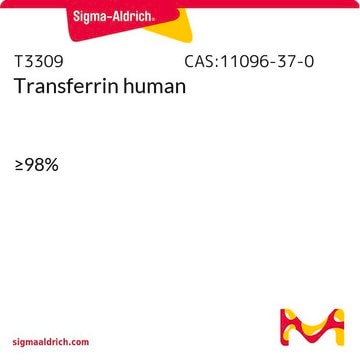565789
γ-Secretase Inhibitor XX
≥95% (HPLC), solid, γ-secretase inhibitor, Calbiochem®
Synonym(s):
γ-Secretase Inhibitor XX, (S,S)-2-[2-(3,5-Difluorophenyl)acetylamino]-N-(5-methyl-6-oxo-6,7-dihydro-5H-dibenzo[b,d]azepin-7-yl)propionamide, DBZ, Dibenzazepine
About This Item
Recommended Products
product name
γ-Secretase Inhibitor XX, This γ-secretase inhibitor, CAS 209984-56-5, is a cell-permeable dibenzazepine compound that lowers both brain and plasma Aβ40 levels by ~72% in Tg2576 mutant APP transgenic mouse model.
Quality Level
assay
≥95% (HPLC)
form
solid
manufacturer/tradename
Calbiochem®
storage condition
OK to freeze
protect from light
color
white
solubility
DMSO: 10 mg/mL
shipped in
ambient
storage temp.
−20°C
InChI
1S/C26H23F2N3O3/c1-15(29-23(32)13-16-11-17(27)14-18(28)12-16)25(33)30-24-21-9-4-3-7-19(21)20-8-5-6-10-22(20)31(2)26(24)34/h3-12,14-15,24H,13H2,1-2H3,(H,29,32)(H,30,33)/t15-,24-/m0/s1
InChI key
QSHGISMANBKLQL-OWJWWREXSA-N
General description
Biochem/physiol Actions
Packaging
Warning
Other Notes
van Es, J.H., et al. 2005. Nature435, 959.
Milano, J., et al. 2004. Toxicol. Sci.82, 341.
Legal Information
signalword
Warning
hcodes
Hazard Classifications
Acute Tox. 4 Oral - Skin Sens. 1A
Storage Class
11 - Combustible Solids
wgk_germany
WGK 3
flash_point_f
Not applicable
flash_point_c
Not applicable
Certificates of Analysis (COA)
Search for Certificates of Analysis (COA) by entering the products Lot/Batch Number. Lot and Batch Numbers can be found on a product’s label following the words ‘Lot’ or ‘Batch’.
Already Own This Product?
Find documentation for the products that you have recently purchased in the Document Library.
Customers Also Viewed
Our team of scientists has experience in all areas of research including Life Science, Material Science, Chemical Synthesis, Chromatography, Analytical and many others.
Contact Technical Service











